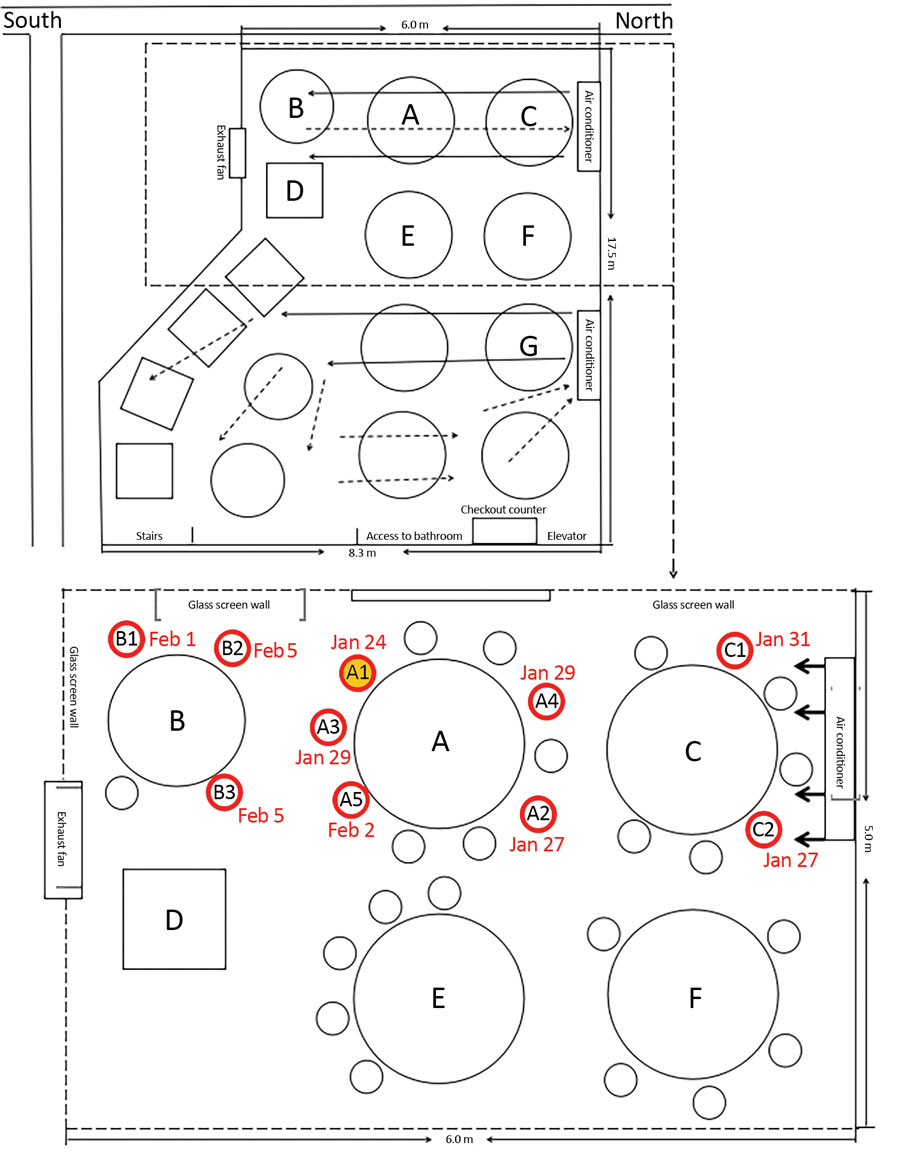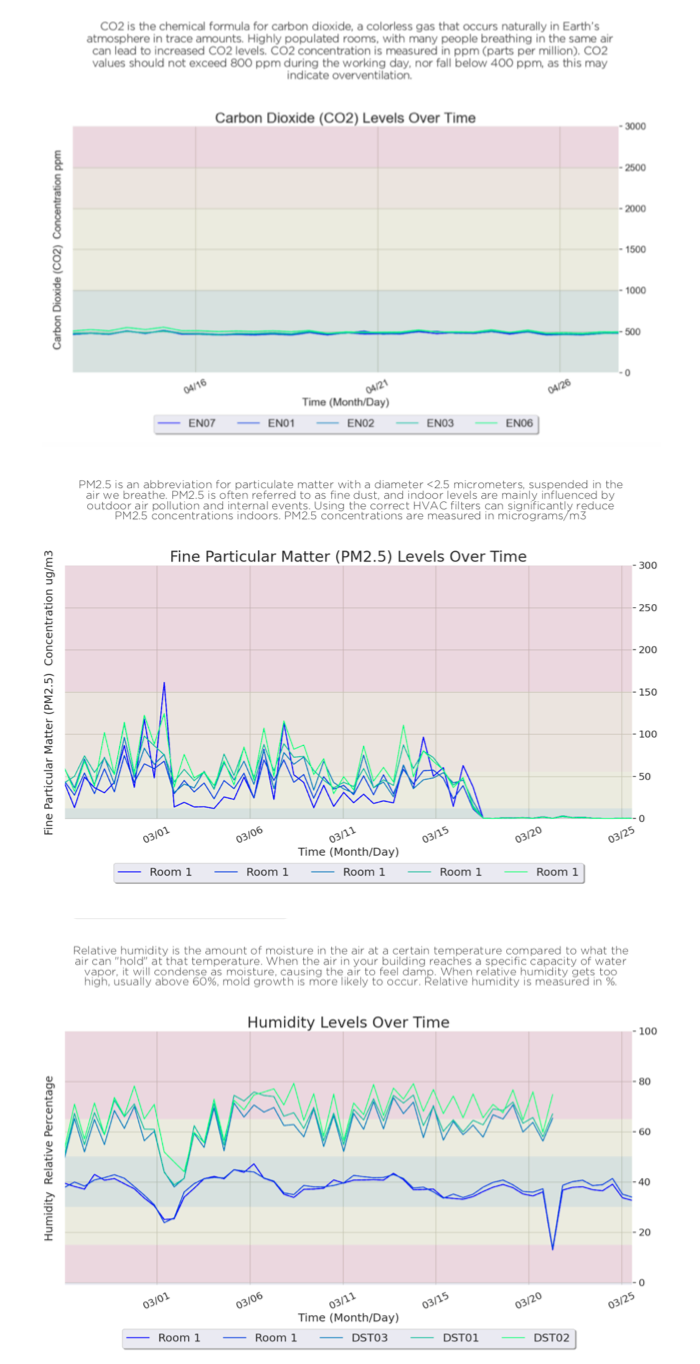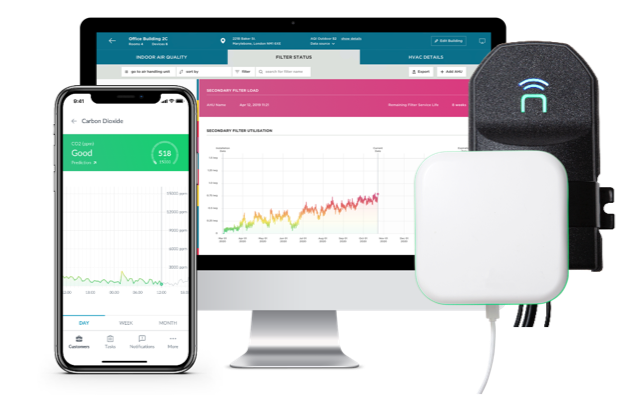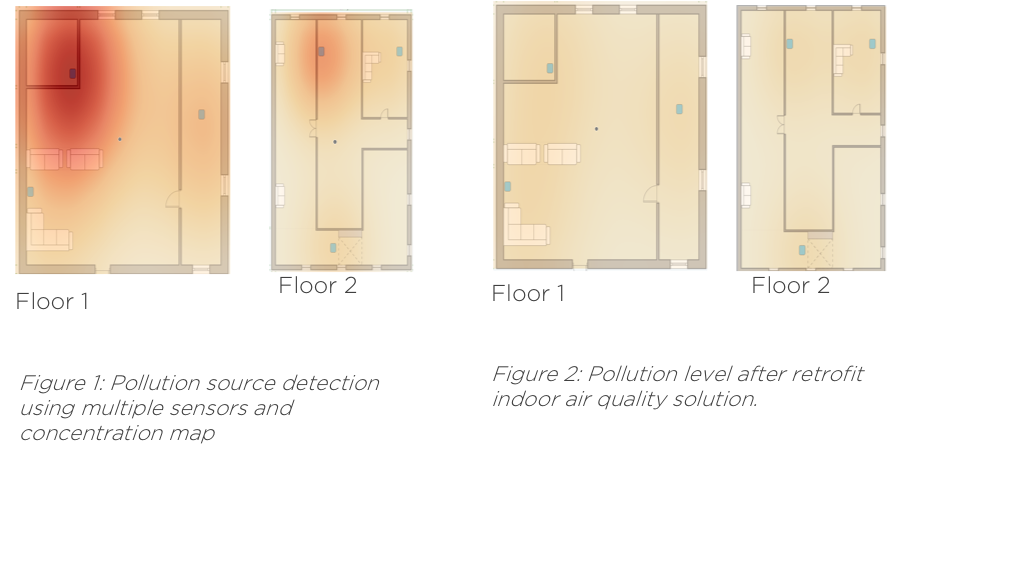How Monitoring Can Help Ensure Safe Air Quality in Hospitals
Ensuring safe air quality in hospitals is a top priority amid COVID-19, and taking the necessary precautions to protect your indoor air is vital to the safety of your patients and staff. The process of indoor air quality monitoring starts with gathering data on indoor pollutants throughout your building, implementing the right solutions to mitigate any problems, and ensuring the air quality solutions you introduce remediate the problems they set out to solve.
Understanding the Importance of Air Quality Amid COVID-19
Despite initial announcements made by the World Health Organization, the airborne transmission of COVID-19 cannot be ruled out. This was made evident when over 200 scientists penned a letter to the WHO, requesting they acknowledge recent evidence of airborne transmission.
In addition, the Centers for Disease Control and Prevention (CDC) recently released a case study exploring a COVID-19 outbreak in China. This study covered an outbreak in an air-conditioned restaurant in Guangzhou, China, and involved 3 family clusters. Evidence from this study suggest that airflow direction was consistent with droplet transmission, which is important amid growing concerns over airborne transmission. The CDC recommends increasing the distance between individuals and improving ventilation to reduce risk. Also, because there is evidence that mass gatherings, workplaces, and hospitals account for the largest portions of COVID-19 cases, this is especially important for healthcare facilities.
Further, it has been well-documented that COVID-19 transmission is exacerbated by aerosol-generating procedures. So, even if COVID-19 is not to be considered an “airborne infectious disease” by technical definitions, this does not mean it cannot spread through the air.

Evidence from CDC Case Study states that airflow and droplet transmission are consistent, and ventilation should be improved to meet occupancy.
Indoor Air Quality Parameters to Monitor
Carbon Dioxide (CO2) levels serve as a good indicator of the fresh air levels in a monitored space. So, if you have installed air quality monitors, high levels of indoor CO2 can mean not enough fresh air is being circulated throughout the space. This can be vital as ASHRAE recommends increasing ventilation rates and outdoor air ventilation to reduce the risk of airborne transmission. We recommend levels of Carbon Dioxide remain under 700 ppm.
Particulate Matter (PM2.5) is also known as fine dust and are small particles that can penetrate deep into the lungs. Harvard research indicates that long-term exposure to these particulates can increase mortality rates in COVID-19 patients, making it an important airborne contaminant to monitor and control. Levels should be maintained below 10 ug/m3 per this study.
Relative Humidity can play a part in the ongoing survival of COVID-19, as the virus is lipid-enveloped. Lipid-enveloped virus tend to survive longer in drier environments where the relative humidity. For this reason, it is recommended that Relative Humidity be kept between 40 and 70 percent to not only account for viruses that survive in drier environments, but to address the viruses that may survive at higher relative humidity above 70 percent.

The Benefits of Air Quality Monitoring for Hospitals
It is important to understand the status of your indoor air quality for overall building safety and occupant health.
Facilities with poor indoor air quality put their occupants at risk of certain disease, low productivity, and other implications. The implications of poor indoor air quality are so severe, in fact, that the EPA has ranked it among their top 5 environmental dangers facing human health.
In the healthcare setting, indoor air quality becomes even more critical to the safety of patients and staff. When it comes to COVID-19 patients for example, an infected individual may need to be isolated from the rest of the facility. Using a negative pressure room can be effective in doing so, but how can you know for sure that the contaminated air is being contained within the space?
With indoor air quality monitoring, you can assess the status of your indoor air before and after any solution is introduced. By tracking key parameters such as CO2, PM2.5, and RH levels, you will have proof (or a lack of proof) that your air quality solution was indeed effective in mitigating the problem at hand. In this case, if you introduce a portable air-cleaning machine, you will see particulate levels drop rapidly. This is especially easy to visualize on our easy-to-use smart phone app and dashboard.


In Conclusion
Research suggests that there is evidence of airborne transmission in COVID-19; enough so that changes to ventilation and filtration efforts are warranted and recommended. This is due nature of these indoor air pollutants and how they may exacerbate the transmission of COVID-19 through the air. Further, indoor air quality monitoring allows you to visualize these invisible contaminants so that you can track trends in your data and make informed decisions on what to do next. Once you have introduced a strategy to remediate the problem at hand, data from your continuous air quality monitoring will tell you if it was effective in doing so.

